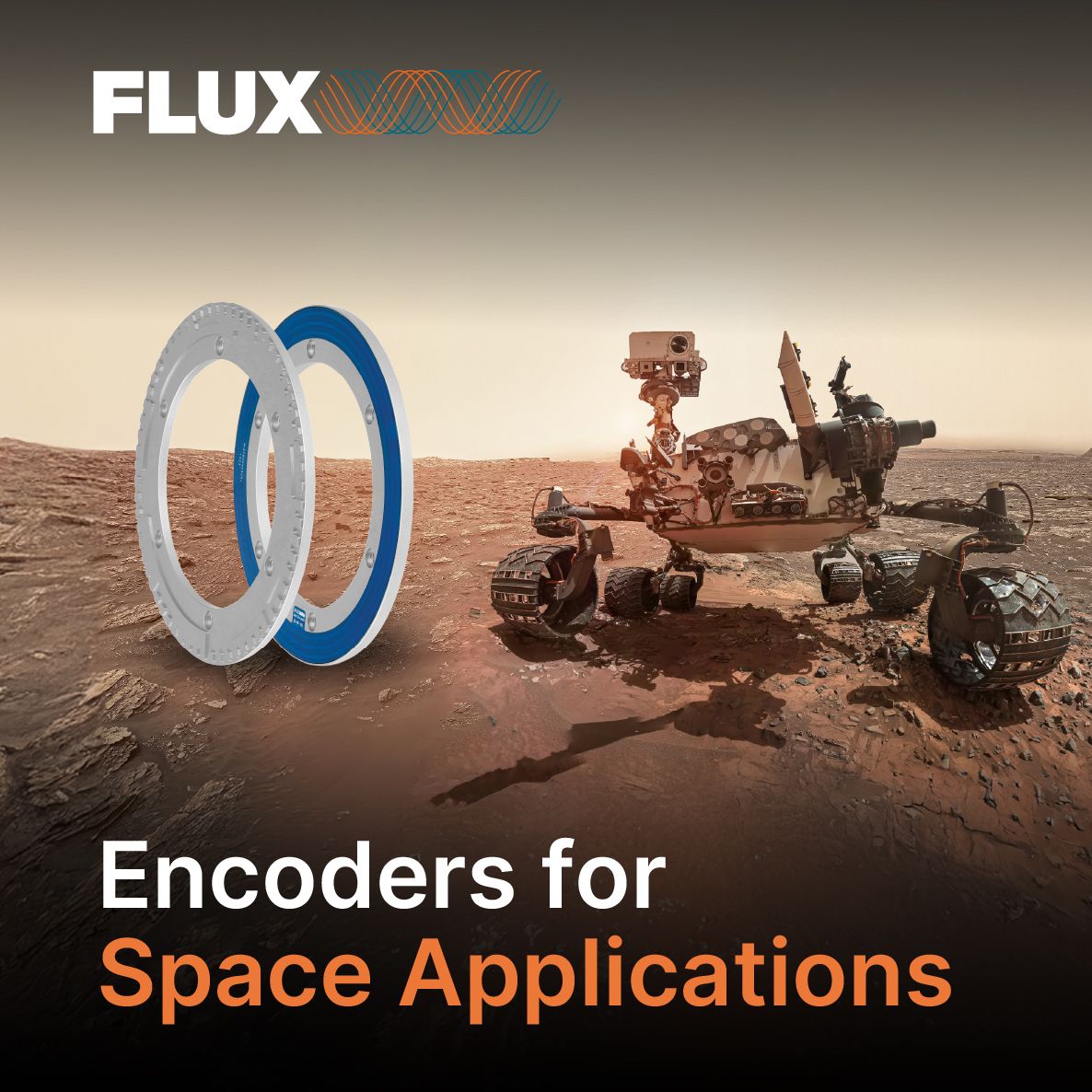Inductive Angle Encoders in Space Applications
Discover why inductive angle encoders are the preferred choice for aerospace and satellite applications, offering precision, reliability, and durability in space.
As aerospace systems become more advanced, engineers increasingly rely on inductive angle encoders for reliable angular position sensing in satellites and spacecraft. These encoders use electromagnetic induction instead of traditional methods, making them exceptionally suited for space applications where radiation, vacuum, and extreme temperatures are the norm.
What Are Inductive Angle Encoders?
An inductive angle encoder works by using electromagnetic induction to measure position, speed, and direction. It detects changes in an electromagnetic field created by a patterned rotor made of special materials. These materials can either strengthen the field, weaken it, or do a bit of both. As the rotor turns, the changes in the field are picked up by sensors in the stator and converted into accurate position data.
Why Inductive Encoders Are Ideal for Space
Space is an unforgiving environment, and space-grade inductive encoders offer several critical advantages:
- Radiation Tolerance: Inductive encoders can be built with radiation-hardened components, remaining reliable even in the presence of cosmic radiation and solar flares.
- Extreme Temperature Resilience: They maintain performance across wide temperature ranges — from deep-space cold to direct solar heat — without loss of accuracy.
- No Mechanical Wear: The contactless design eliminates friction and the need for lubrication, ensuring consistent operation in vacuum conditions where maintenance isn’t possible.
- Shock and Vibration Resistance: Built to withstand the violent forces of launch and ongoing vibration in orbit, inductive encoders maintain calibration and stability throughout missions.
- EMI Immunity: Naturally resistant to electromagnetic interference, inductive encoders deliver clean signals even near high-power transmitters or electric propulsion systems.
These characteristics make inductive encoders the preferred choice over optical or capacitive alternatives for long-duration, high-reliability space missions.
Space Applications of Inductive Encoders
Thanks to their durability and precision, inductive angle encoders are used across a variety of space applications, including:
- Satellite Positioning Systems: Provide precise feedback for attitude control, ensuring stable orientation and maneuvering.
- Solar Array Tracking: Optimize solar panel alignment for maximum energy generation by maintaining accurate tracking angles.
- Antenna Alignment: Enable fine-tuned positioning of communication antennas for high-accuracy targeting and signal integrity.
- Propulsion Control Systems: Monitor valve and actuator positions for precise thrust control and engine alignment.
- Deep-Space Instrumentation: Support robotic arms, telescopes, and scientific instruments that must operate autonomously for years without service.
Example: An Inductive Encoder for Space Applications –
One example of this technology is FLUX GmbH’s IND-MAX inductive angle encoder, engineered for extreme environments. It offers high-resolution, true absolute measurement with a compact, lightweight design and a large hollow bore for easy integration. Its sealed housing, broad temperature tolerance, and immunity to magnetic interference make it ideal for use in satellite communication systems and spacecraft operations, where long-term stability and precision are mission-critical.
Inductive Encoders Power the Future of Aerospace
Inductive angle encoders are becoming essential components in the next generation of spacecraft, satellites, and planetary exploration systems. Their robustness, reliability, and precision under extreme conditions make them indispensable for lights-out space operation. By providing accurate, wear-free feedback, inductive encoders ensure that critical systems, from solar panels to propulsion mechanisms, perform flawlessly across the vast challenges of space.
